Latest Articles

Source code for the Lawnchair v2 custom launcher is now available
The developers of the Lawnchair custom launcher have released the source code for the app's v2 beta release on Github.

Lawnchair is one of the most popular custom launchers on Android alongside Nova Launcher. The app closely follows Pixel Launcher's look and feel, while simultaneously adding a great deal of customization options. The app's v1 stable release was released in June last year, and since then, the developers have been working on Lawnchair v2. Up until now, users could only download public betas of Lawnchair v2 from APKMirror and the developers' Telegram channel. Now, the developers have uploaded source code for the Lawnchair v2 release. They also state that the beta should be up on the Play Store "in about a week after translations have been set up."
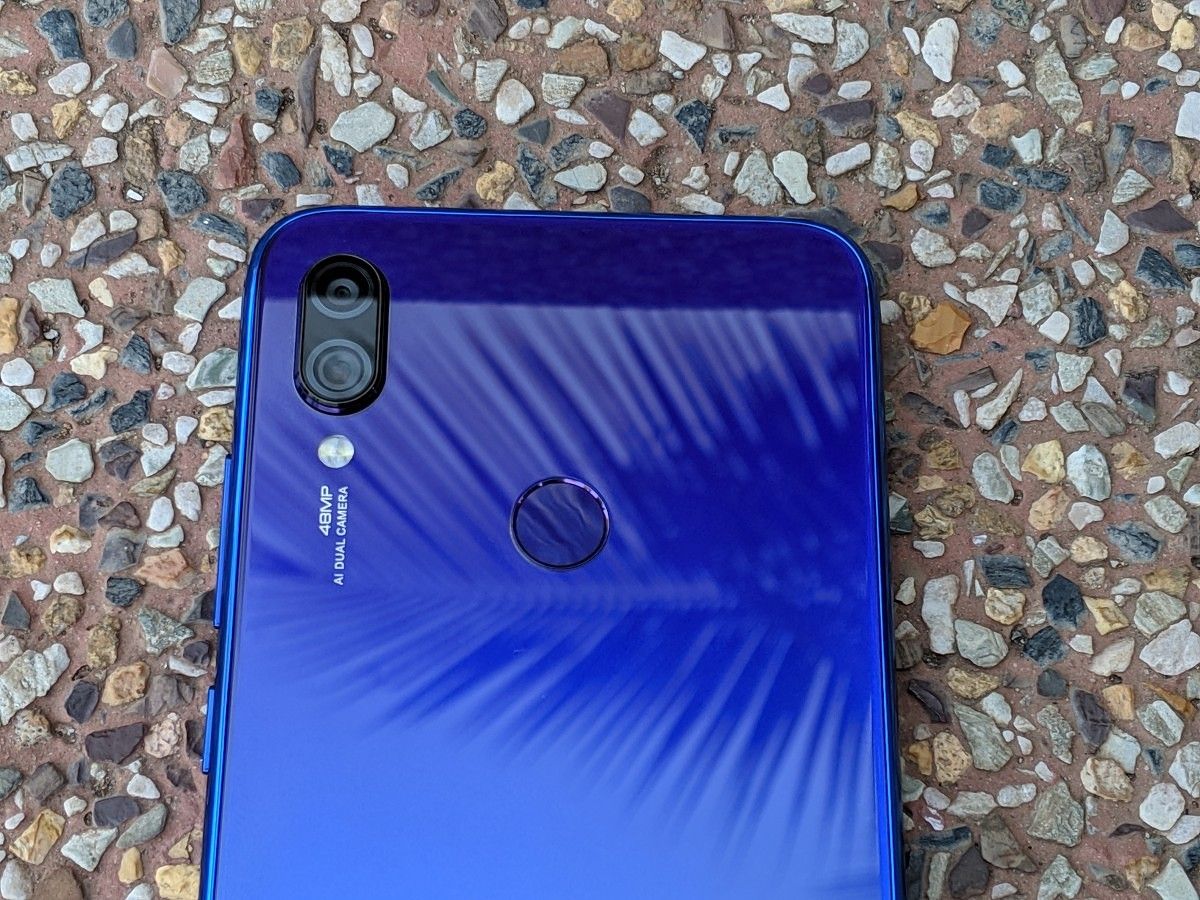
Xiaomi Redmi Note 7 Pro Review: A Great Hardware Package on a Budget
The Xiaomi Redmi Note 7 Pro is a fantastic phone with an incredible value proposition. For more details, check out our in-depth review.

I still remember the first time I used a Xiaomi phone. Xiaomi entered the Indian smartphone market in July 2014, and I purchased the Xiaomi Redmi 1s in September of that year. The Redmi 1s was Xiaomi's first budget phone to be launched in India, and even at that time, I was impressed by the phone's value proposition. It redefined the $100 smartphone market in India by including specifications that could be found only in phones that cost twice the price. The overall package was hard to beat, and even after taking into consideration the limitations of flash sales, the Redmi 1s went on to become a bestseller.
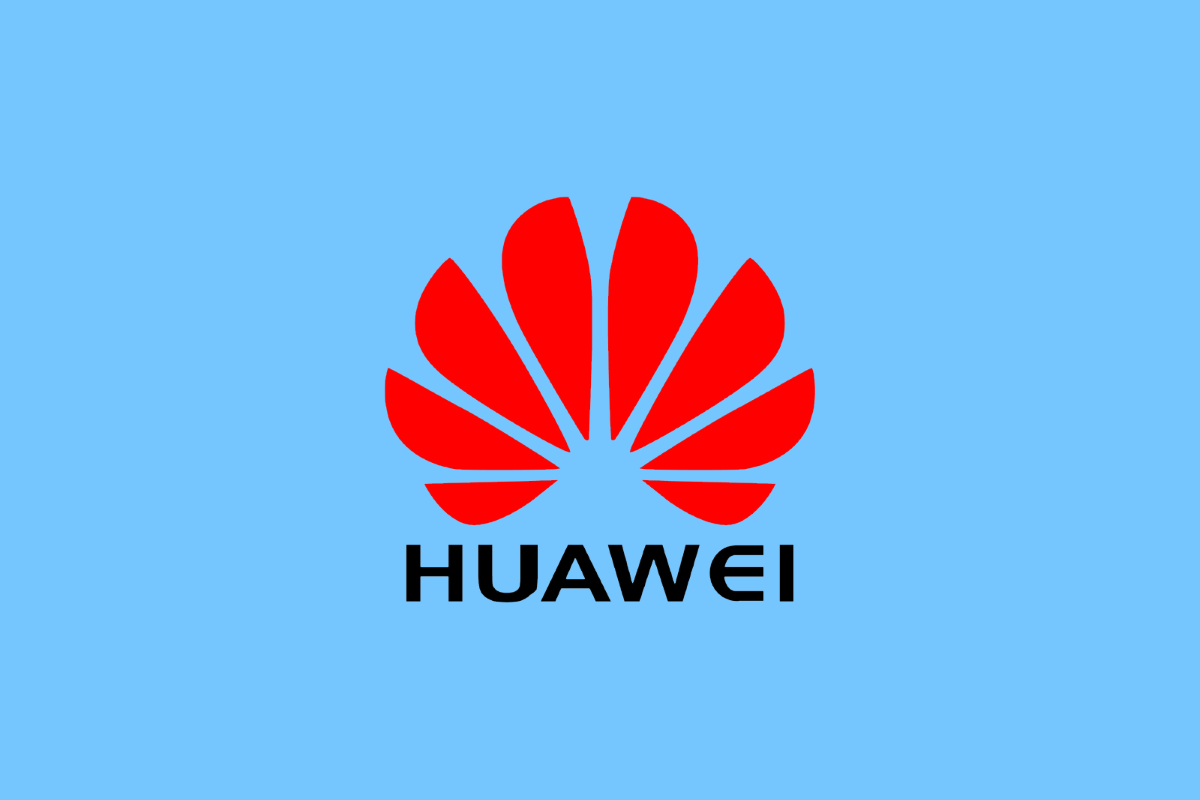
Huawei is reportedly building its own chip factory in the UK
Huawei is reportedly building a chip factory in Cambridge, UK. The copmany has reportedly paid £37.5 million for the 550-acre site in Cambridge, UK.

Huawei is the world's second largest smartphone manufacturer, but the company has essentially been blocked from selling smartphones in the U.S. The U.S. smartphone market continues to be an Apple-Samsung duopoly, and Huawei is currently under a concentrated stream of pressure applied by the U.S. with many allegations being thrown around. The company, however, hasn't backed down in the face of this pressure. It continues to pose a serious challenge to Samsung in the premium smartphone market by having vertical integration, with the Huawei Mate 20 Pro being a prime example here. The Huawei P30 and Huawei P30 Pro have also been announced today. In addition to this, Huawei has reportedly paid £37.5 million for the 550-acre former Spicers site at Sawston in Cambridge, UK.
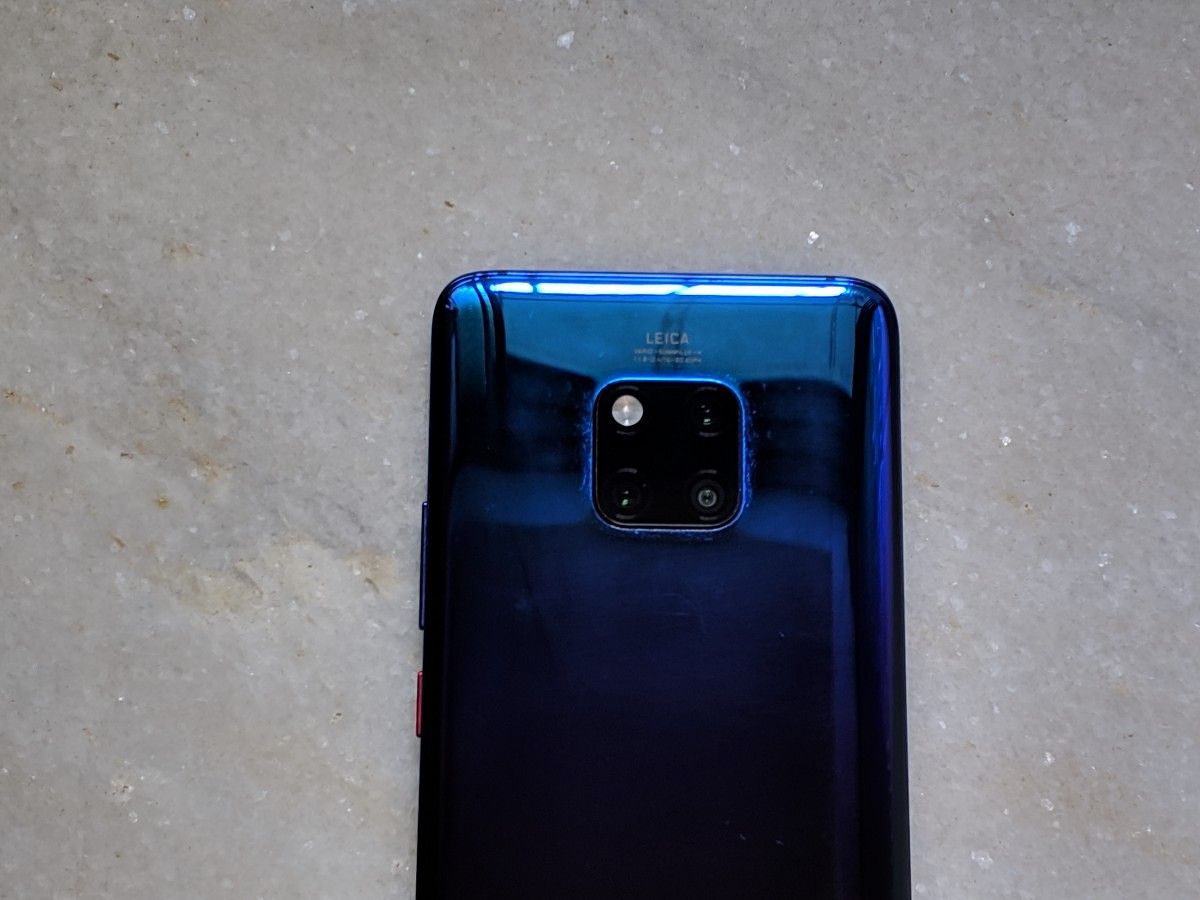
Huawei Mate 20 Pro Review: 2018's Best Still Impresses in 2019
Arguably the best smartphone of 2018, the Huawei Mate 20 Pro, still holds its own against 2019 flagships like the Samsung Galaxy S10+ and Xiaomi Mi 9.

Huawei's rise to leadership in the global smartphone market has been astonishingly fast. For years, the conversation has been dominated by Samsung and Apple. In 2018, Huawei asserted itself as a class leader in flagship smartphones. The Mate series represents the pinnacle of Huawei's efforts in smartphone innovation, while the P series has made a name for itself with respect to camera improvements. The company's improvements have been so speedy that it has essentially forced market leader Samsung to respond to its innovations.
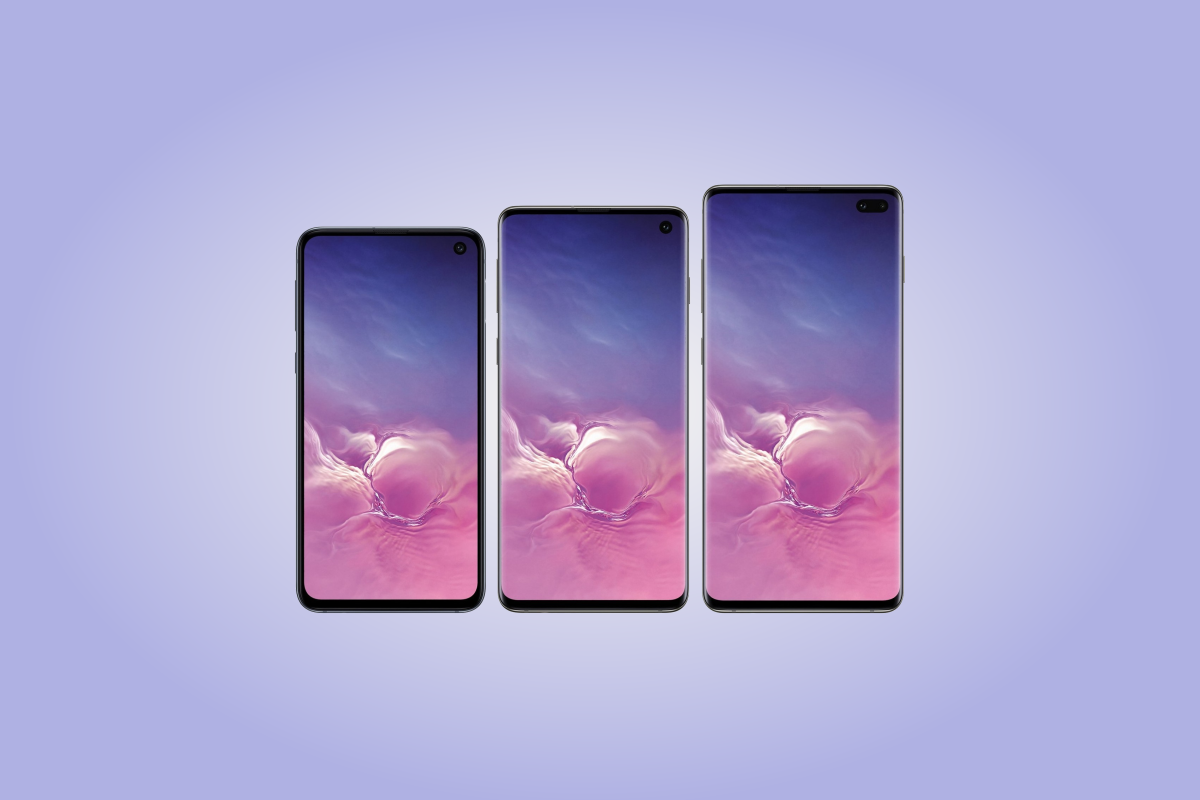
Samsung Galaxy S10 teardown confirms UFS 2.1 storage while the Galaxy Fold supports UFS 3.0
TechInsights has done a teardown of the Exynos Samsung Galaxy S10+, confirming that the phone has UFS 2.1 storage. The Galaxy Fold will have UFS 3.0.

There are five days left until the Samsung Galaxy S10, S10+, and S10e go on sale in the US, Europe, India, and other markets in the globe. In terms of internal hardware, the phones come in two variants: a Qualcomm Snapdragon 855 variant for US/China/Latin America, and an Exynos 9820 variant for the rest of the world. One thing we didn't know about up until now was the storage specification of the phones. Samsung has been using UFS storage since the Samsung Galaxy S6, and the company's 2018 phones used UFS 2.1 NAND. Last year, a few rumors alleged that the Galaxy S10 series would have UFS 3.0 storage, but a TechInsights teardown reveals that the rumor didn't pan out.

Samsung launches the Galaxy A10, Galaxy A30, and Galaxy A50 in India
The Samsung Galaxy A10, Galaxy A30, and Galaxy A50 have been officially launched in India. The Galaxy A10's pricing starts from ₹8,490.

After announcing the Galaxy A30 and the Galaxy A50 at Mobile World Congress, Samsung has now officially brought both phones to India. The company also launched the entry-level Galaxy A10, which hadn't been announced before. All three phones have Infinity notched displays (Infinity-V or Infinity-U). In terms of hierarchy, the Galaxy A30 and Galaxy A50 slots in above the Galaxy M30, while the Galaxy A10 is only slightly more expensive than the Galaxy M10, which means it's cheaper than both the Galaxy M20 and the Galaxy M30. The specifications of all three phones are noted below:
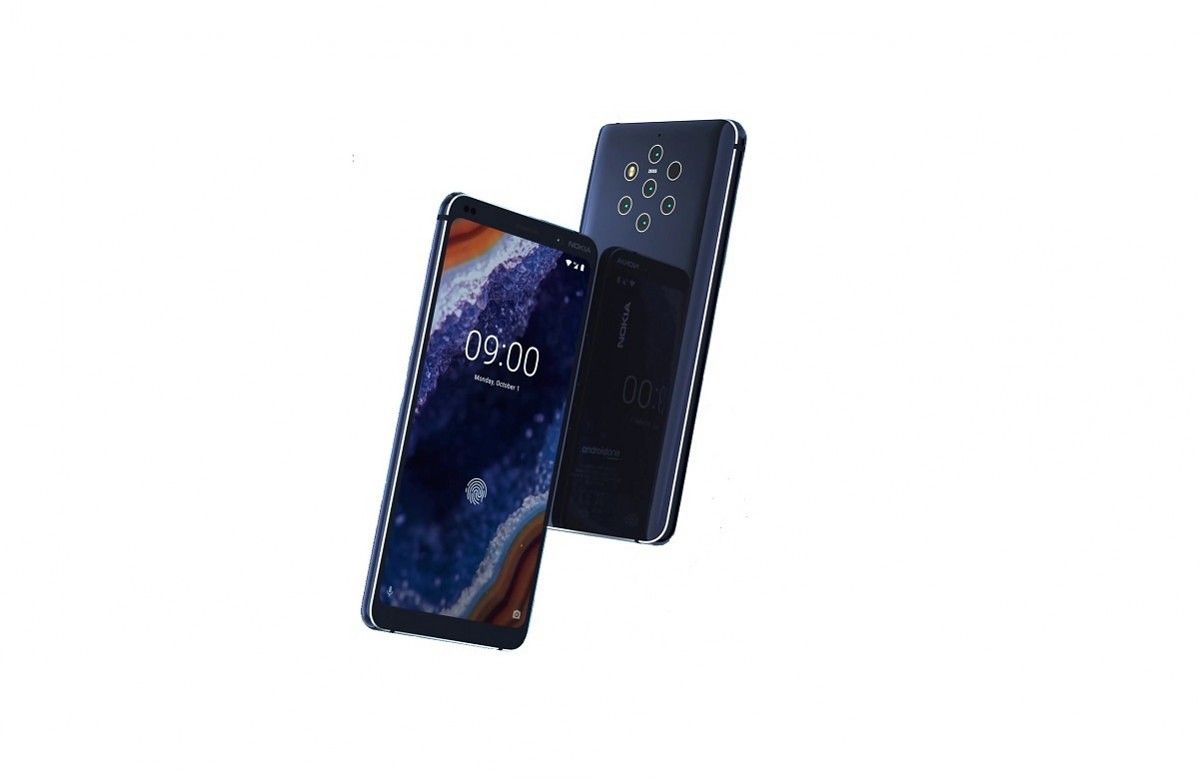
Nokia 9, Nokia 4.2, and Nokia 3.2 will support software-based face unlock
HMD Global has announced a partnership with Sensory to roll out software-based face unlock to the Nokia 9 PureView, Nokia 4.2, and Nokia 3.2.

Software-based face unlock has become an increasingly popular feature in Android smartphones over the last year. OnePlus, Xiaomi, Huawei, OPPO, Vivo, LG, and others all have their own version of software-based face unlock. It's important to note that software-based face unlock is fundamentally different from 3D facial recognition. Software-based face unlock is 2D and relies on the front camera of a phone, and it can't be used for secure purposes such as making payments. 3D facial recognition, on the other hand, generates a 3D depth map using components such as a dot projector, IR camera, and a flood illuminator (as seen on the Huawei Mate 20 Pro, Xiaomi Mi 8 Explorer Edition, and a few more phones). 3D facial recognition is a lot more secure and it can be used for secure purposes, but the downside is that it requires dedicated hardware on the front of the phone, which typically results in a wide display notch.

10.or G2 may launch soon in India with a notched FHD+ display and Qualcomm Snapdragon 636
The 10.or G2 has appeared on the Google Play Developer Console's Device Catalog. The phone will be powered by the Qualcomm Snapdragon 636 SoC.

10.or is a Chinese smartphone brand that made its way to India in 2017. The company made itself known in the market as an affordable budget phone brand. Its phones had a decent blend of specifications and pricing. In 2017, it launched three phones: 10.or G, 10.or E, and the 10.or D. The brand's momentum slowed in 2018 as it launched only a single phone, the 10.or D2. The 10.or G, a Qualcomm Snapdragon 626-powered phone that was launched in 2017, is definitely due for a successor, and the phone is not even offered for sale anymore on Amazon India. Now, its successor, the 10.or G2, has appeared on the Google Play Developer Console's Device Catalog. We have seen a fair share of new phones appear on the Device Catalog recently before their launch, and the 10.or G2 is the latest addition to the list.
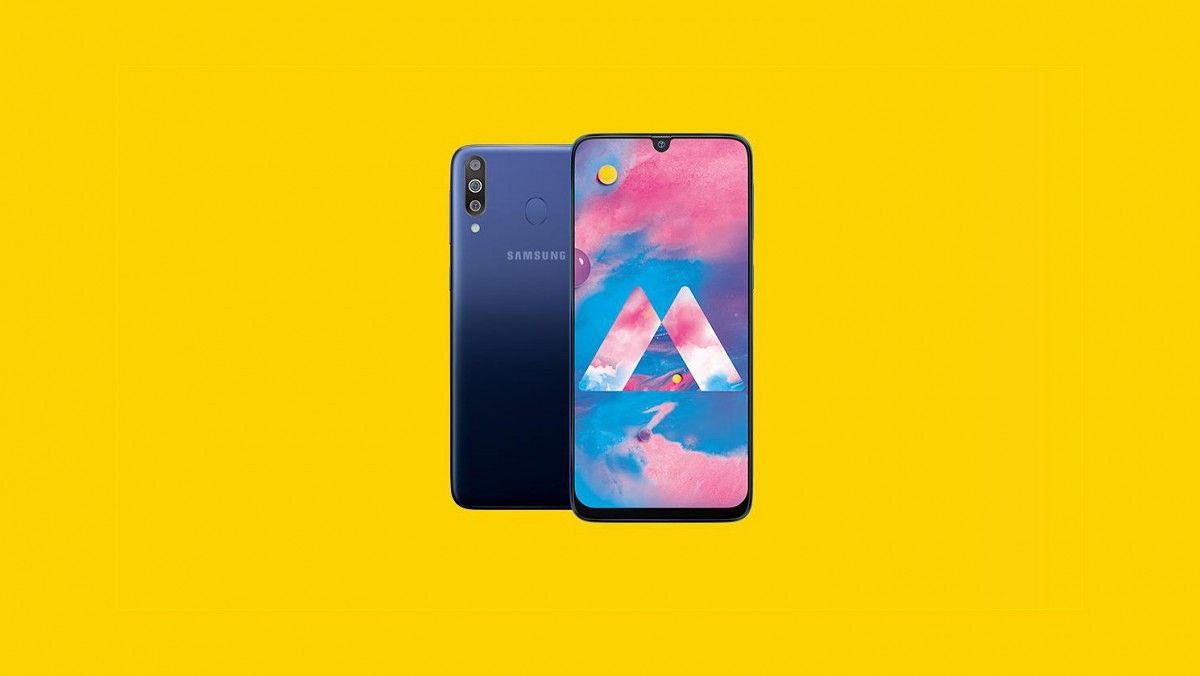
Samsung Galaxy M30 launched in India with triple cameras and Super AMOLED Infinity-U display
The Samsung Galaxy M30 has been officially launched in India. The phone is powered by the Exynos 7904 SoC, and features triple rear cameras.

If readers consider XDA's coverage of Samsung's budget and lower mid-range phones in 2018, a clear picture will emerge. Samsung's budget Galaxy J series, the online-only Galaxy On series (which were re-branded Galaxy J series phones), and the mid-range Galaxy A series all suffered from weak specifications and weak corresponding value propositions. Samsung's phones were consistently outclassed by the likes of Xiaomi, Asus, Honor, Realme, and others. After years of enjoying a dominant position at the top of the Indian smartphone market, Samsung found itself overtaken by Xiaomi in 2017, and the company has not been able to take back the pole position since. In this way, the new Galaxy M series represents a reboot of sorts for Samsung's budget and lower mid-range lineup, and the charge was led by the launch of the Galaxy M10 and Galaxy M20 last month.
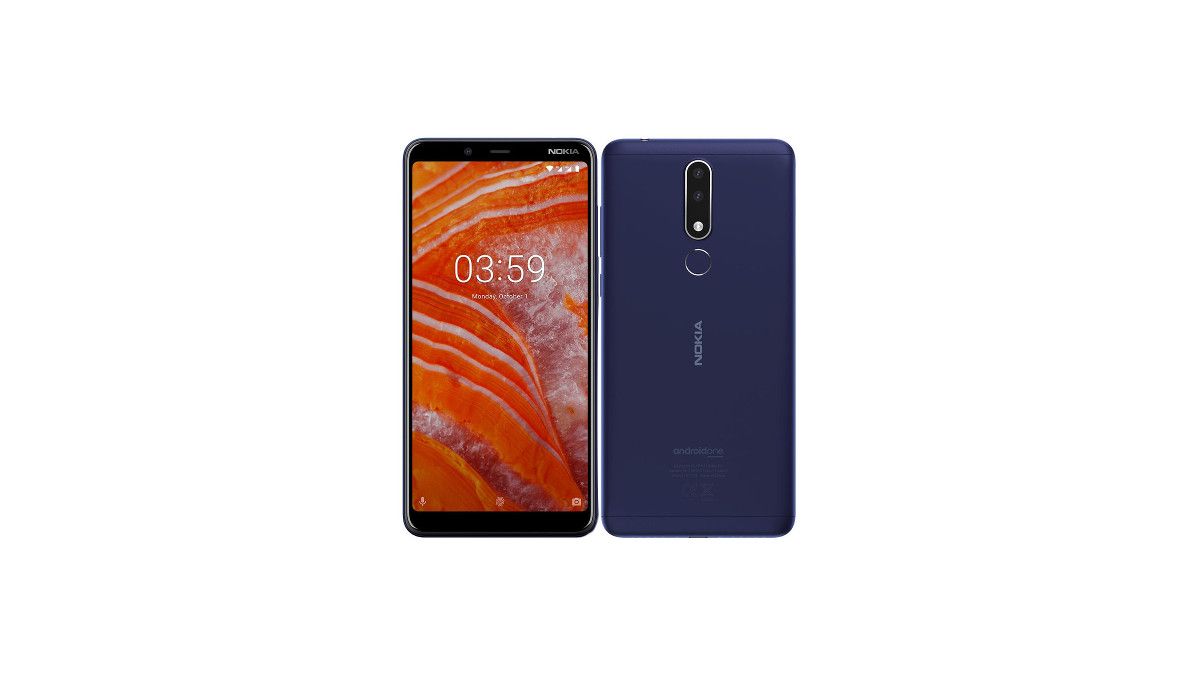
The Android 9 Pie update is rolling out to the Nokia 3.1 Plus
The Nokia 3.1 Plus has started receiving the Android 9 Pie update. The update brings Android Pie's new features as well as the February security patch.

Six months after the release of Android 9 Pie, we are starting to get a better idea of the Android update situation relative to Android Pie. Samsung and Huawei, the market's top two players, have nearly finished rolling out Android Pie updates to their flagship phones. The time taken to roll out updates has generally taken a while for both companies, in some cases going up to a delay of five months. On the other hand, smaller players have had a chance to shine. OnePlus improved its update record by rolling out Android Pie-based OxygenOS 9.0 quickly to the OnePlus 6. The star of this update generation, however, has been HMD Global.

Prices of major smartphones from Samsung and Huawei have skyrocketed since 2017
New flagship phone releases from Samsung and Huawei have seen their prices skyrocket since 2017. The Galaxy Fold and the Mate X are prime examples.

There was a time when the average price of a flagship Android smartphone in the US used to be $600-$650. Those times are long gone, unfortunately, for reasons that are still yet to be determined. These days, affordable flagships such as the OnePlus 6T start at $550 in the US, while the price of a top-tier flagship smartphone has gone right to the $1,000 mark. Prices of each new flagship generation have increased dramatically. For example, the Galaxy S9 and the S9+ had launch prices of $720 and $840 respectively in the US, while the Galaxy S10 and the S10+ have launched for $900 and $1,000, representing a price increase of $180 and $160. Huawei has been equally guilty of this, as the Huawei Mate 20 Pro, for example, is a much more expensive phone than the two-generations-old Huawei Mate 9.
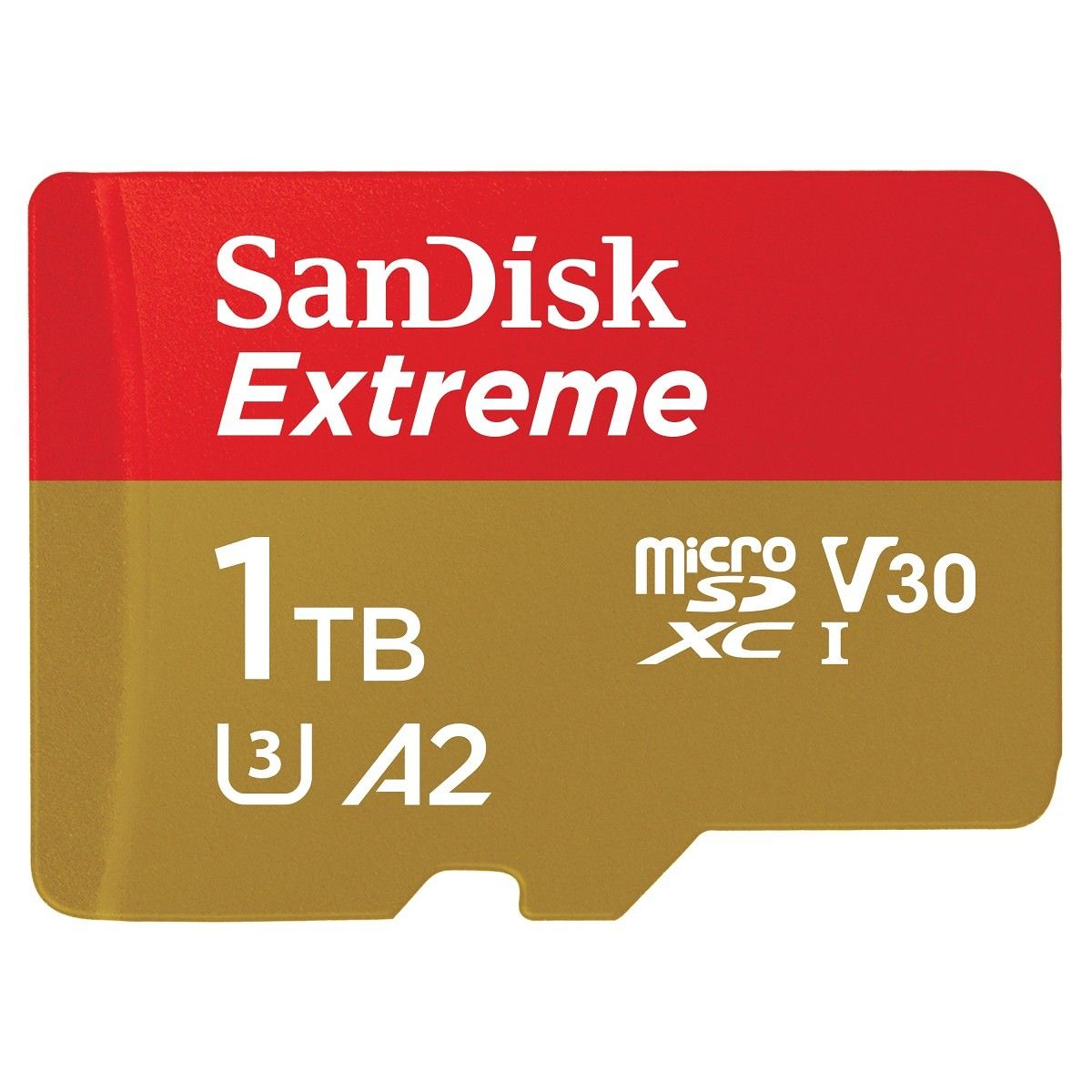
MicroSD cards with 1TB of storage are on the way
Micron and Western Digital have announced 1TB microSD cards that feature the A2 specification. Micron's microSD card will be available in Q2 2019.

There was a time when microSD cards seemed to be slowly dying. New flagship releases seemed to drop support for microSD cards a few years ago. However, microSD cards have made a conditional comeback. These days, most phones (including flagships) feature microSD expansion with a hybrid SIM/memory card slot, which means users have to choose between dual SIM capability and microSD expansion. (Some budget phones do feature a triple slot for both features, though.) The Samsung Galaxy S10, for example, features a microSD card slot, although Huawei has moved to a proprietary Nano Memory card format. In terms of sizes, 512GB microSD cards were the biggest consumers could get. This changes now as the world's first 1TB microSD cards have been announced.
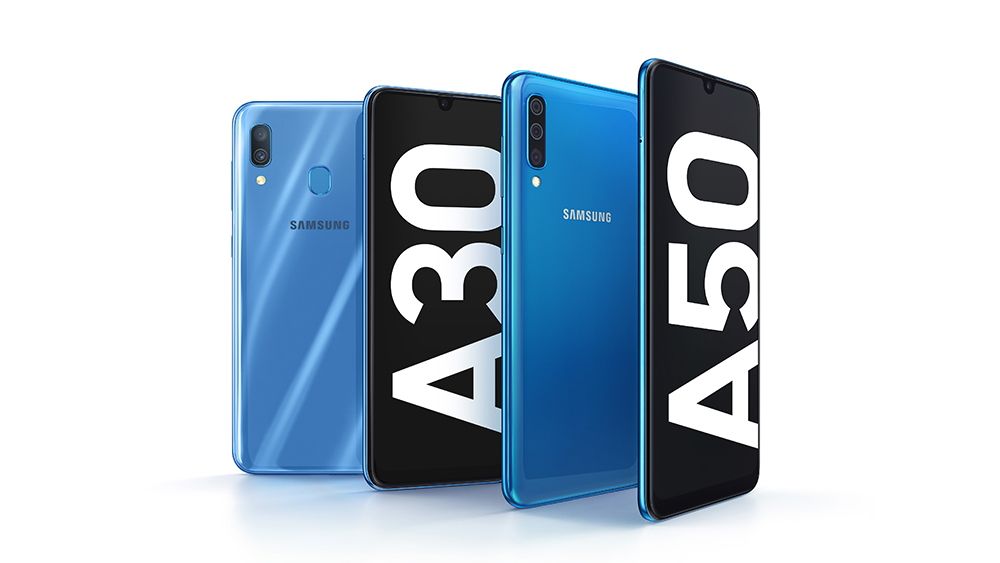
Samsung announces the mid-range Galaxy A50 and Galaxy A30 with Infinity-U displays
The Samsung Galaxy A50 and the Galaxy A30 have been announced with Infinity-U notched displays. The Galaxy A50 has an in-display fingerprint sensor.

For years, Samsung's budget Galaxy J series and mid-range Galaxy A series were known for failing to compete against the competition in terms of specifications and value. The impact has been tangible: Samsung has been decisively overtaken by Xiaomi in the Indian smartphone market, and the company is continuing to lose market share as competitors release better phones at the same price points. Samsung's response to this was started by the the launch of the Samsung Galaxy M10 and Galaxy M20, which represented a significant turnaround in terms of the overall direction. The Galaxy M30 is also due to launch in India in two days time. In the meantime, Samsung has officially announced the mid-range Galaxy A50 and the Galaxy A30 at Mobile World Congress - continuing its march back to relevancy in the mid-range segment.
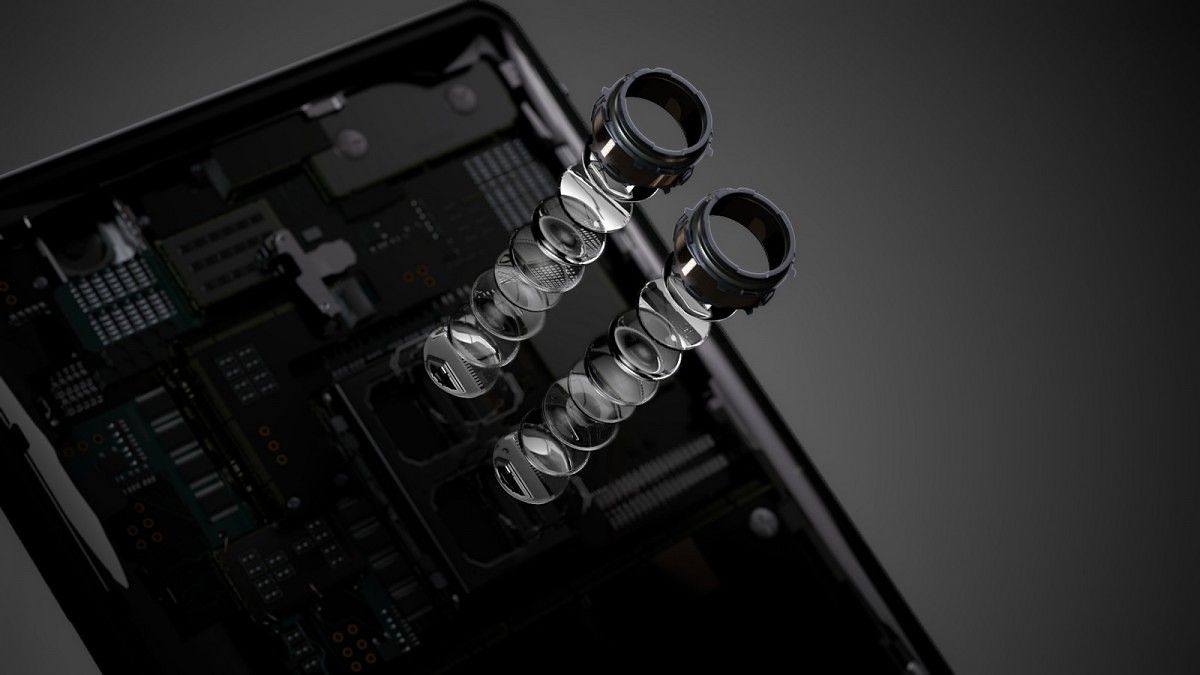
Light partners with Sony to make smartphones with >4 cameras possible
Light has announced an agreement with Sony Semiconductor Solutions to jointly work on development and marketing of multi-image sensor solutions.

Light is a company known for advanced computational imaging. At a time when computational photography becomes more and more popular, Light has entered the smartphone camera industry by making an agreement with Sony to jointly develop and market multi-image sensor solutions. In order to make sense of this news, let us have some background information on multiple camera smartphones first.

LG Q60, LG K50, and LG K40 mid-range smartphones announced ahead of MWC 2019
LG has announced the LG Q60, LG K50, and LG K40 before MWC 2019. All three mid-range phones have waterdrop notches and a hardware Google Assistant button.

This year's Mobile World Congress is shaping up to be a busy one. There will be new phone announcements from a huge list of device makers, which will make it difficult for everyone to keep track of new launches. Therefore, LG has decided to do something different. Although the LG G8 ThinQ and the LG V50 ThinQ 5G will be announced at MWC, LG has announced three mid-range phones ahead of the conference. The three phones are the LG Q60, LG K50, and LG K40 respectively.
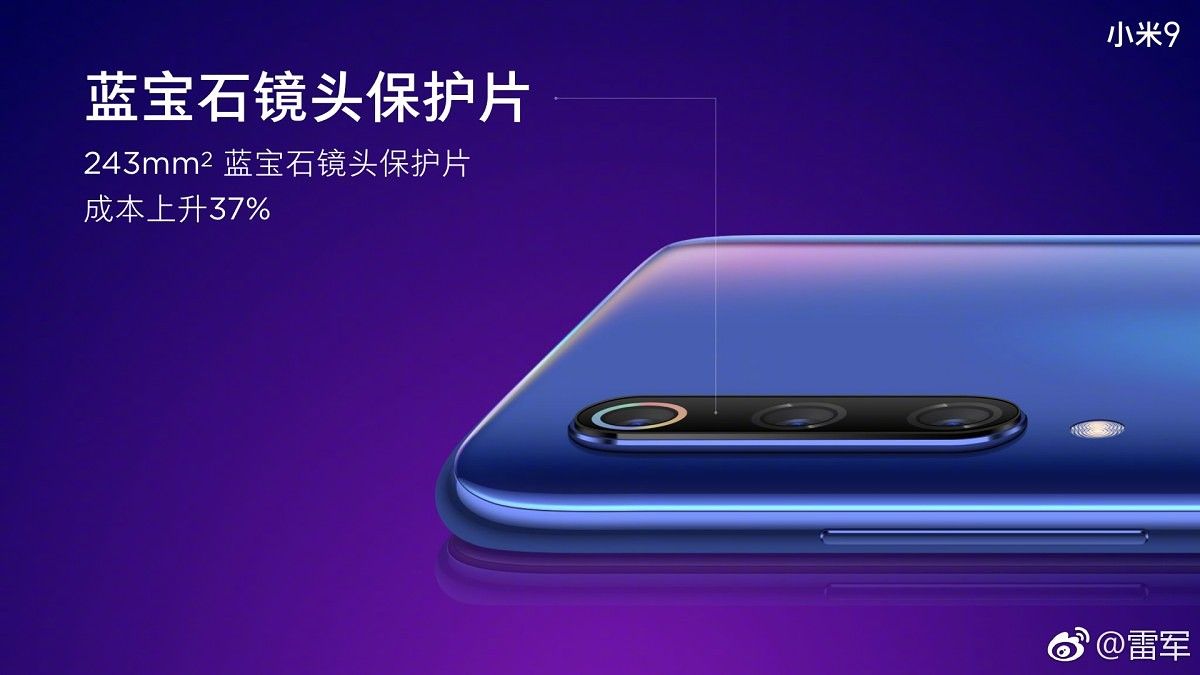
Xiaomi Mi 9's kernel source code is available immediately after launch
Xiaomi has released the kernel source code of the Xiaomi Mi 9 (device code-name: cepheus) on the day of its announcement, which is good to see.

The Xiaomi Mi 9 was launched in China today with an impressive repertoire of specifications. On paper, it can go head-to-head with top-tier flagship phones. Its list of specifications includes the Qualcomm Snapdragon 855 SoC with Adreno 640 GPU, 6GB/8GB of RAM with 128GB storage, 6.39-inch Full HD+ (2340x1080) Samsung AMOLED display with 19.5:9 aspect ratio, triple 48MP (standard) + 12MP (telephoto) + 16MP (ultra wide-angle) rear cameras, 20MP front-facing camera, and a 3,300mAh battery. It ships with MIUI 10 on top of Android 9 Pie, and will be launched internationally at Mobile World Congress next week.
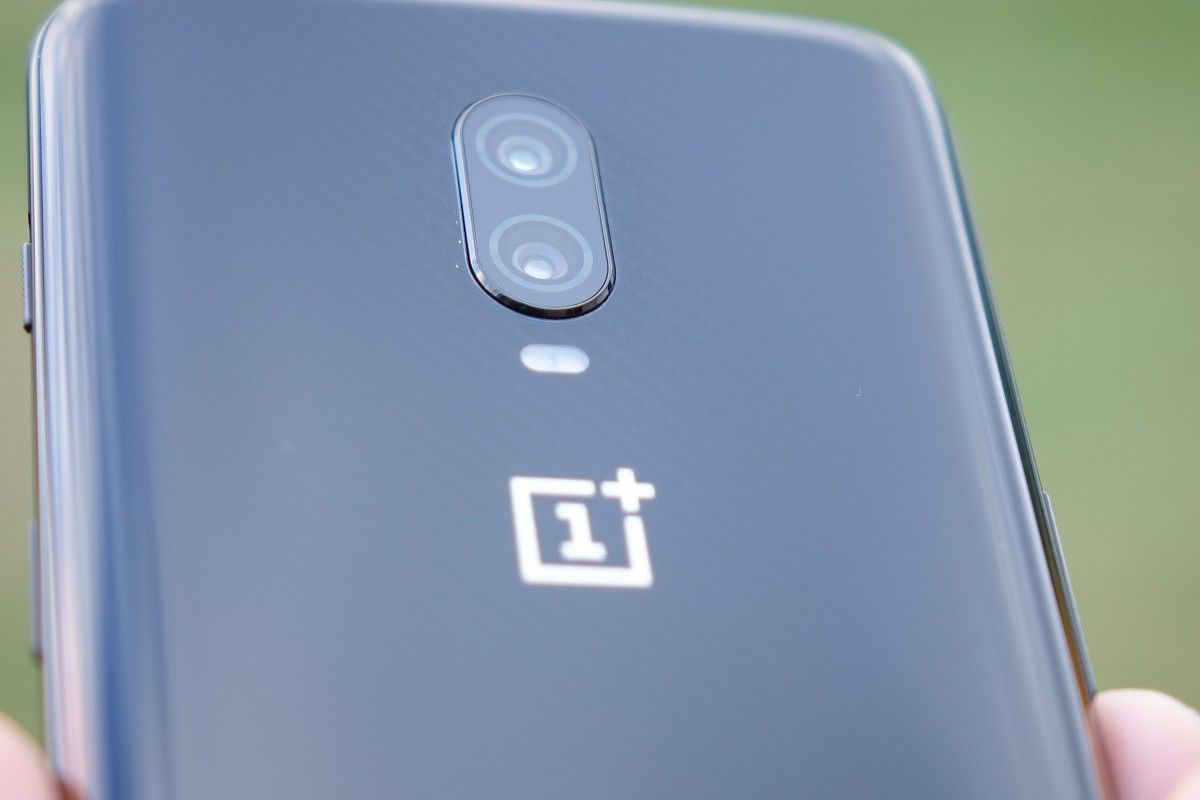
OnePlus 6T Camera Review: Climbing Up the Ladder
This is XDA's detailed review of the OnePlus 6T's camera, covering aspects such as daylight image quality, low-light performance, video recording, and more.

The OnePlus 6 represented a dramatic improvement in camera performance for OnePlus phones, which had been a sore point for the company up until then. With the release of the device, OnePlus went from having uninspiring image quality to a respectable showing across the board, even in low light. The OnePlus 6T, released in November as a mid-cycle refresh of the OnePlus 6, shipped with the same camera hardware, but with software improvements in the form of improved image processing algorithms as well as the new Nightscape mode for better photos in low light. At the face of it, OnePlus seems to enjoy a comfortable position at the top of the affordable flagship segment.

Huawei Y9 2019 launches in India with a 6.5-inch IPS LCD, Kirin 710, and 4,000mAh battery
Huawei has launched the Huawei Y9 2019 in India. The phone has a 6.5-inch Full HD+ IPS LCD, and is powered by the Kirin 710 SoC. It costs ₹15,990.

Not too long ago, Huawei was not a major smartphone brand in India. At the end of Q1 2017, the company had 1.4% market share in the Indian smartphone market. However, the company has since been growing at a surprisingly rapid pace. Traditionally, the company opted not to launch Huawei-branded premium phones in India, as it relied on its online-only Honor subsidiary brand to sell affordable phones. In 2018, this changed as Huawei launched multiple Huawei-branded phones such as the Huawei P20 Pro, Huawei P20 Lite, Huawei Nova 3, Huawei Nova 3i, and finally, the Huawei Mate 20 Pro. Now, Huawei has launched the Huawei Y9 2019 in India for ₹15,990 ($227).

Redmi Note 7 announced with a 48MP camera for ~$150
Xiaomi has announced the Redmi Note 7 - the first phone to be released under a separate "Redmi by Xiaomi" sub-brand. It's powered by the Snapdragon 660.

The Xiaomi Redmi Note 5 Pro was one of 2018's best-selling lower mid-range phones. It went on to face contenders from device makers such as Asus, Honor, Realme, HMD Global, and Motorola, but even until November, it was one of the best ~$200 phones to buy. In September, the phone was succeeded by the Xiaomi Redmi Note 6 Pro, which was an incremental update in terms of specifications. This meant that the Redmi Note series risked falling behind competitors such as the Asus ZenFone Max Pro M2. Xiaomi's answer to this, it seems, has been to expedite its release cycle. Last week, the company spun off its Redmi series as a separate brand focused on budget devices, after having launched the POCO sub-brand last year. Since December, Xiaomi has also been teasing the launch of a new phone with a 48MP camera. That phone---the Redmi Note 7---has now been made official in China.

Xiaomi Redmi Note 3 Pro gets MIUI 10 Global Stable based on Android 6.0 Marshmallow
The Xiaomi Redmi Note 3 Snapdragon variant (code-name: kenzo) has started receiving the MIUI 10 Global Stable update based on Android 6.0 Marshmallow.

Last month, a MIUI China forum administrator wrote that Xiaomi would stop supporting older phones such as the Xiaomi Mi 5, Xiaomi Redmi Note 3, and the Xiaomi Mi 4. This week, the company confirmed that the upcoming MIUI 10 Global update would be the last update for the Mi 5 and the Snapdragon variant of the Redmi Note 3. Going forward, the two phones will not receive any MIUI Global Beta updates, and nor will they receive a Global Stable update after MIUI 10. The Xiaomi Mi 5 already received its Android Oreo-based MIUI 10 update a few months ago, but Redmi Note 3 owners have had to wait until now. Now, Xiaomi has started rolling out Android Marshmallow-based MIUI 10 Global Stable to the Snapdragon variant of the Redmi Note 3 (device code-name: kenzo).
